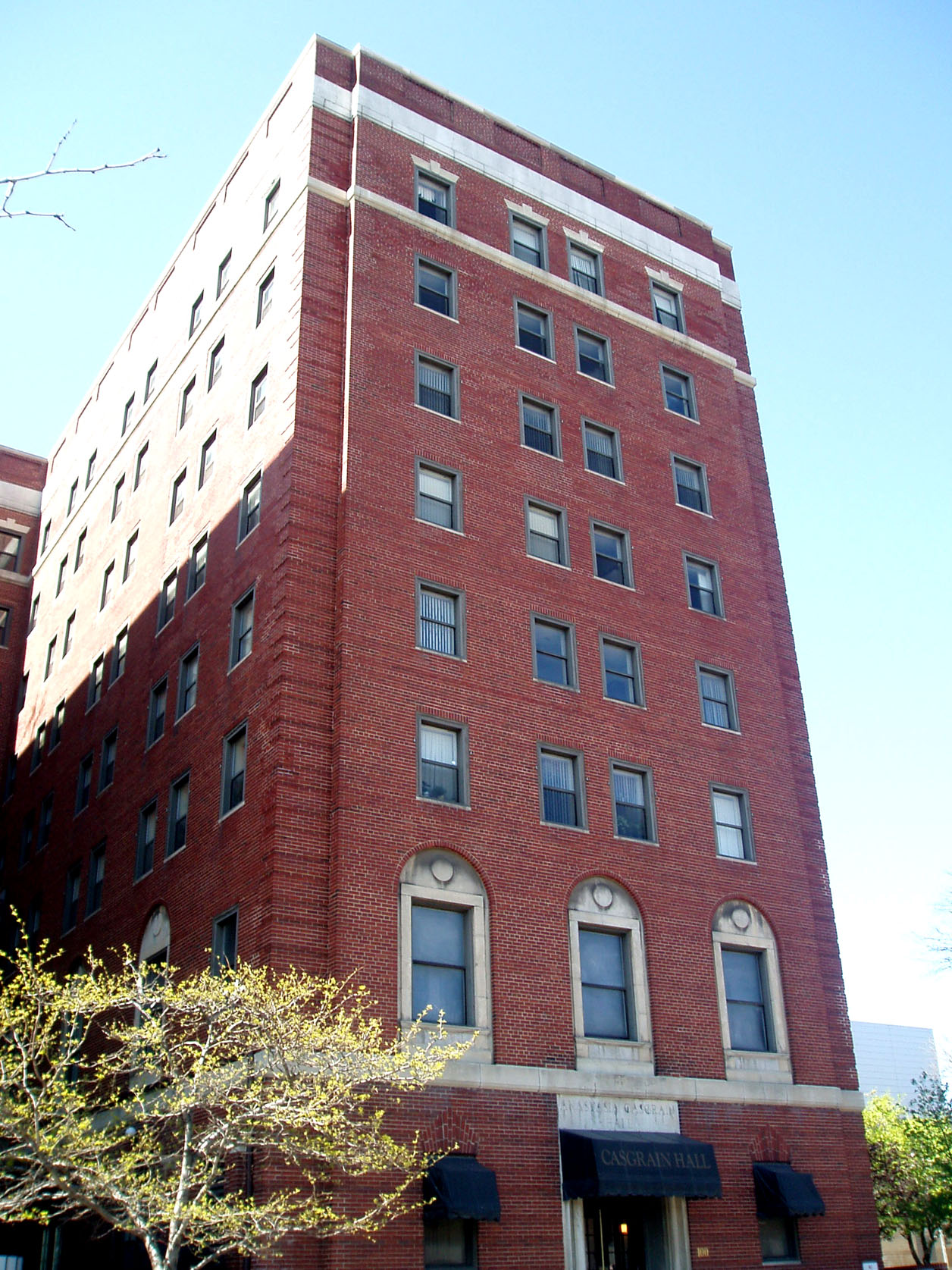

The significant role that women played in gentrifying cities and providing social services to the poor have been underemphasized. Prior to World War II—and for 15 years thereafter—women married to economically-secure men seldom held paid jobs after they became mothers. Indeed, many private employers and governmental agencies had formal policies prohibiting the employment of mothers. The norms of that time mandated that married women stay home with their children, if at all possible. But there were, in every city, many highly-educated and industrious women who found it interesting and rewarding to make contributions to their community. They often formed organizations and then devoted substantial time, effort and funds to noble causes, be it helping the poor, reducing the consumption of alcohol, building libraries or planting attractive flowers in parks. A State of Michigan marker at 5461 Brush commemorates the founding of Detroit’s Association of Colored Women’s Clubs in 1921 and the Women’s City Club building at 2110 Park in downtown Detroit is listed on the state and federal registers of historic places.
In 1906, some Detroit Catholic Women founded an organization
known as the Weinman Club with the intent to provide assistance to immigrants
who were then
arriving in Detroit in great numbers. In 1911, they changed their club’s
name to the Catholic Settlement Association, perhaps to better reflect their
mission. In 1915 , they became the League of Catholic Women.
, they became the League of Catholic Women.
One federal law of 1921 severely curtailed immigration from abroad and, three years later, an even more Draconian immigration law pretty much cut off the flow of immigrants. I infer that the aims of the League of Catholic Women shifted accordingly in the 1920s. They began to focus upon assisting single women who were moving to Detroit. In an era when few occupations were open to women, and when it was permissible to discriminate against women in the job and housing markets, young single women needed assistance. To provide a wholesome environment for young women coming to Detroit, the League of Catholic Women built the huge but attractive residential building that you see. When opened in 1928, it offered accommodations for unmarried women between the ages of 18 and 30 who earned less than $150 per month. Food and board were provided for between $8.50 and $15 per monthly. Classes were offered to provide young women with marketable skills and domestic talents.
By the 1960s, few young women moving to Detroit found such a residential environment desirable. The building was converted, at the start of the 1960s, to a residential facility for women studying nursing at Wayne State. In 1981, it was converted into a residential facility for the elderly.
Changes in social norms and economic pressures, dating from the 1960s or earlier, permitted or required that married women be gainfully employed whether or not they raised children. Few women now have time to devote to the charitable women’s organizations that once thrived in every American city. At some point fairly recently, the League of Catholic Women evolved into the Matrix Human Services organization with a paid staff. This organization, supported by the United Way, Detroit foundations and contributions, provides social services for youth and their families from eight locations in the city of Detroit. Matrix continues to provide services analogous to those the Weinman Club probably provided one century ago. Their Vistas Nuevas Head Start program in a bilingual one in southwest Detroit and their Casa Maria program provides family services to southwest Detroit with its substantial population of Spanish-speaking immigrants.
Architects: Smith, Hinchman and Grylls
Architectural Style: Neo-Georgian
Date of Completion: 1928
City of Detroit Designated Local Historic District: Not listed
State of Michigan Registry of Historic Sites: Not listed
National Register of Historic Places: Listed: September 22, 1997
Use in 2006: Offices for Matrix Social Services
Photograph: Ren Farley
Description prepared: December, 2006
Return to Cass Farm Multiple Property Submission